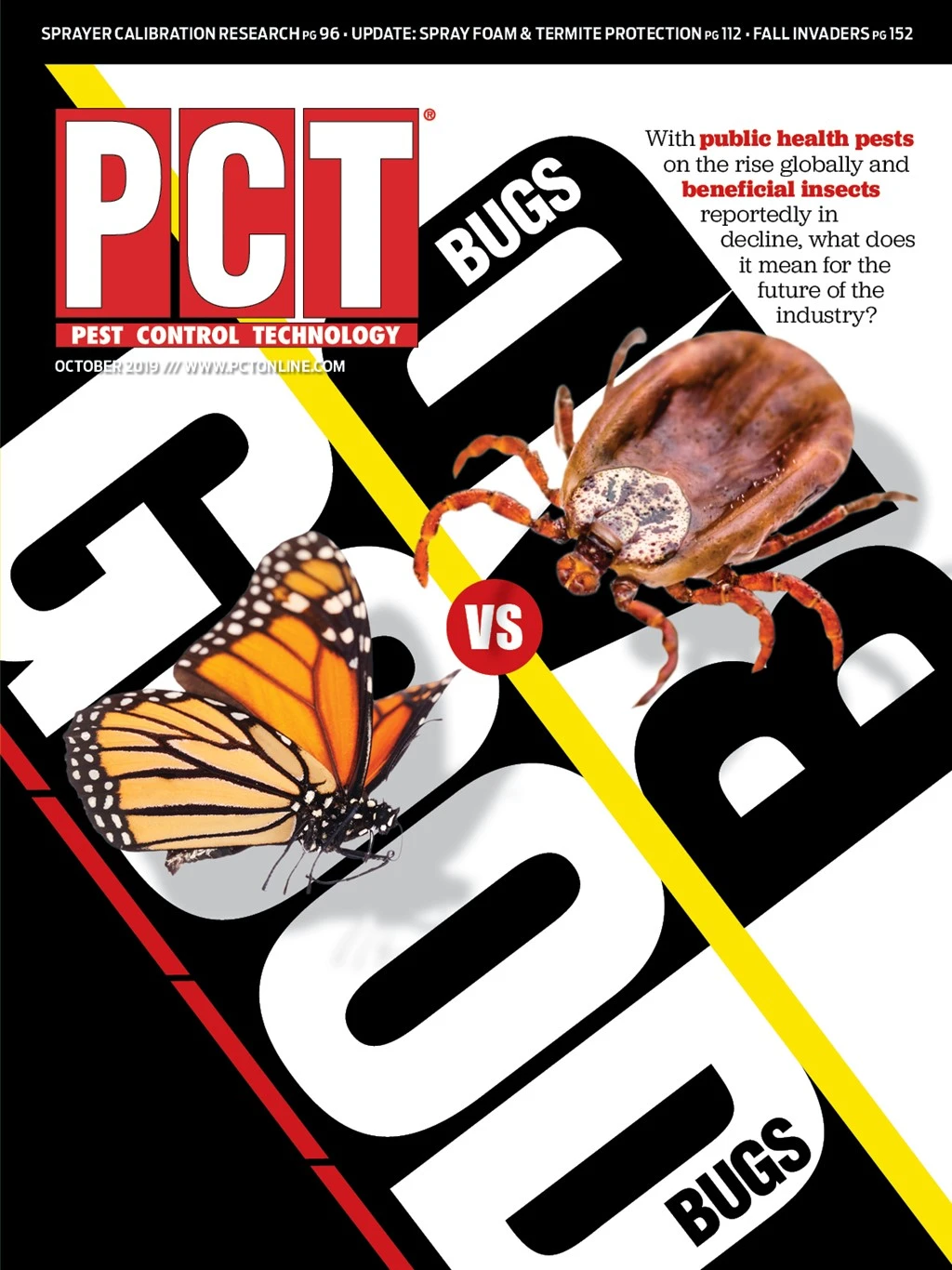
Editor’s Note: The following article appeared in Mike Merchant’s blog, “Insects in the City,” which can be found at insectsinthecity.blogspot.com. The blog offers readers news and commentary about the urban pest management industry and is excerpted here with permission of the author.
Oftentimes during the late summer and early fall, pest management professionals find themselves in the middle of devastating floods as a result of hurricanes and other natural disasters. What follows are some of the unique pest challenges that are often associated with high water.
For example, flooding brings all sorts of wildlife into unusually close contact with people, but few critters are more dangerous than fire ants. When floods occur, fire ants exit the ground and float, instinctively linking their legs and forming a floating mat that is nearly impossible to sink. When they inevitably bump into a dry object like a tree, a boat or a person, the ant mass “explodes” with ants quickly exiting the mass and swarming the object.
Diving underwater, or splashing water on the ants, will not help. The best option is soapy water, which is pretty good at killing the ants and helping drown a floating ant island. According to the Texas A&M AgriLife Extension publication, “Flooding and Fire Ants: Protecting Yourself and Your Family,” two tablespoons of soap in a gallon of water, sprayed on a floating mat, is effective at drowning ants. If you ever are engaged in a water rescue, carrying a supply of soap along with a squirt bottle would be a good idea.
You might not have thought of it, but bed bugs also can become an issue after a public emergency like a tornado or flood. When lots of people are brought together in an emergency shelter situation, the risk of bed bug encounters goes up. If you are in a community that is hosting an emergency shelter, consider offering your services to inspect the facility and treat for bed bugs as necessary. Don’t forget diatomaceous earth and silica aerogel dusts as a means of providing significant control for shelter bedding at minimal risk.
Lastly, after the storm is long gone, be prepared for mosquitoes. The primary mosquito species in the Texas Coastal Bend area are salt marsh and pasture-land breeding mosquitoes. These are difficult to control at their breeding sites, short of aerial mosquito control campaigns. But to some extent, these mosquitoes can be controlled in backyards with residual mosquito adulticides. If your company performs residential pest control, but hasn’t yet gotten into the adult mosquito control business, this may be a good time to start. One good way to educate your customers about the mosquito threat is the Texas A&M AgriLife Extension Mosquito Safari website, http://mosquitosafari.tamu.edu/.
The author is an entomology specialist for Texas AgriLife Extension.

Explore the October 2019 Issue
Check out more from this issue and find your next story to read.
Latest from Pest Control Technology
- Donny Oswalt Shares What Makes Termites a 'Tricky' Pest
- Study Finds Fecal Tests Can Reveal Active Termite Infestations
- Peachtree Pest Control Partners with Local Nonprofits to Fight Food Insecurity
- Allergy Technologies, PHA Expand ATAHC Complete Program to Protect 8,500 Homes
- Housecall Pro Hosts '25 Winter Summit Featuring Mike Rowe
- Advanced Education
- Spotted Lanternflies, BMSBs Most Problematic Invasive Pests, Poll Finds
- Ecolab Acquires Guardian Pest Solutions





